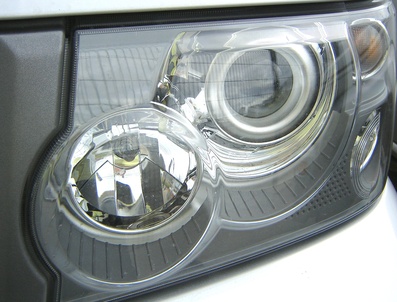
An electrical ballast refers to a device designed to limit the amount of current sent through an electrical circuit. High intensity discharge (HID) ballasts regulate the functions of the HID bulb.
HID lamps generate light via an electric arc that occurs between two electrodes contained in an arc tube. The tube contains gas that enables the arc to generate a strike. Heat from the arc melts the metal salts and produces a plasma, which boosts the intensity of light created by the arc.
The HID ballast ignites via the arc. Once ignited, it produces an electric charge that flows across the electrodes. This charge excites gas molecules contained in the HID bulb. The molecules then discharge photon particles, thereby generating light.
The HID ballast also regulates power flow. This constant, but relatively low power supply keeps the gas molecules in an excited state to light the HID bulb, as opposed to the higher electrical current required to keep a filament hot in standard light bulbs.